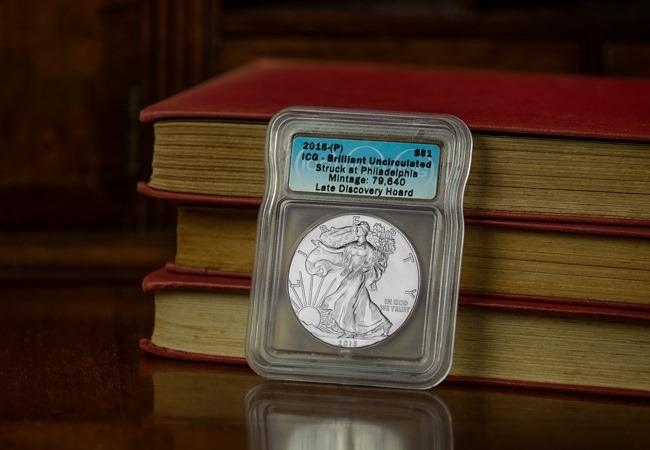Posts Tagged ‘Coin Collecting Guide’
Collectors Guide: What makes a coin so collectable?
The world’s most expensive coin, the Flowing Hair Dollar, went up for auction yesterday. In 2010 it sold for just under $8 million, three years later it set a world record when it sold for over $10 million. It was bought by a collector to add to a unique collection of Early Silver Dollars – including the 1804 Draped Bust Dollar which made headlines when it sold for over $3 million in 2017.
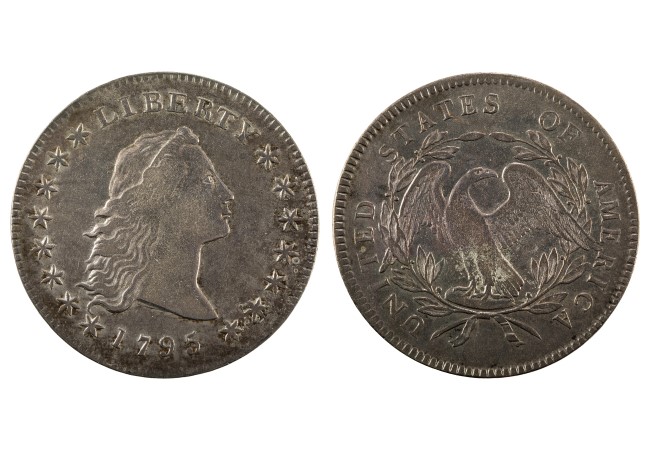
What makes a coin collectable?
It’s incredible to think that a 1 dollar coin could be worth millions today, but there’s several things that determine the numismatic value and collectability of a coin. So we’ve put together a collector’s guide to help you know what to look out for when adding coins to your collection.
Several things determine the numismatic value and collectability of a coin – usually it’s based on the type of coin, the year it was minted, the place it was minted and even its condition or finish. But the biggest factor is probably the mintage of a coin and its rarity.
Mintage and Rarity
It’s the old rule of supply and demand – the less that are made, the more difficult a coin is to source and the more collectable it becomes. There are thought to be less than 150 of the Flowing hair dollars in existence today which contributes to the value of them.
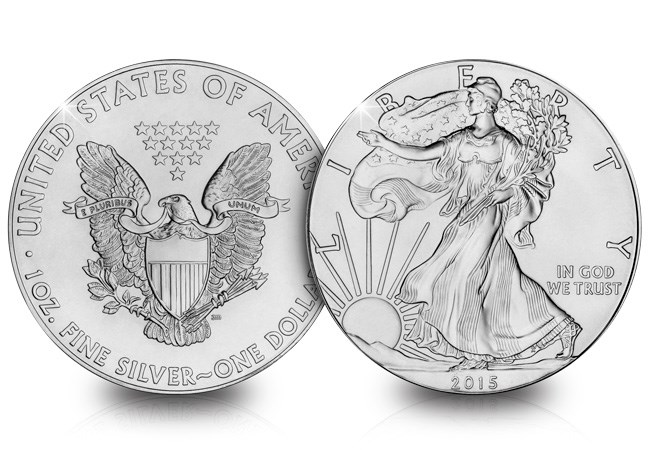
Or take for example the US 2015 Silver Eagle. This had a mintage of just 79,640, making it three times rarer than the second rarest silver Eagle (this year’s COVID Eagle). As these were snapped up by collectors, they have become more and more scarce, and in higher demand than ever, with collectors willing to pay a premium just to add one to their collections.
Year of issue
This doesn’t always mean age of the coin, but the year can play an important factor in determining the value of a coin. Generally you can expect to pay a premium for historic issues but this isn’t always the case. In fact some Roman coins can be picked up for less than £50, but coins from much more recent times, such as Victorian Crowns can sell for hundreds of pounds! Victorian crowns struck in important years, such as the 1887 Jubilee Head crowns are more desirable because of their links to significant events.
Finish
The finish of a coin, or the strike, is also an important factor to consider. Proof finished coins are struck several times with specially prepared blanks, which gives the design a particularly sharp edge and shows every detail. Proof finishes are highly desired among collectors, as are coins issued in BU – or brilliant uncirculated finish. This means the coin hasn’t been in circulation so is free from all the scratches you’d find on coins in your change.
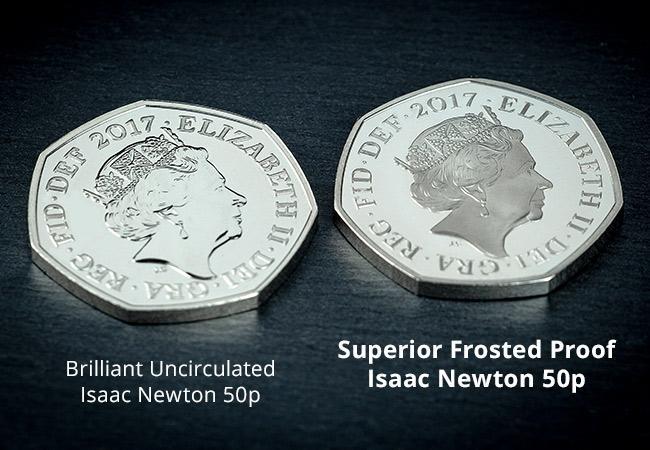
Minting location
Sometimes the mintmark or location of the mint in which a coin was struck can affect the collectability of the coin. The mintmark on a coin tells us where a coin was struck, and from that collectors use historical records to work out just how rare each coin is. For example, the Morgan Dollar was struck in 5 different mints, but the Carson City issues are the most sought after – they were struck for only 13 of the 43 years in which the Morgan Dollar was minted.

Many collectors specialise in some of these areas and build their collections around rare coins, themes and years of issue, or even mintmarks. But demand can and often will change over time and sometimes that means the value someone is willing to pay for a coin will increase over time – just as we’ve seen with the Flowing Hair Dollar.
If you’re interested…
Own the RAREST EVER Silver Eagle: Three times rarer than this year’s “Covid Eagle” we have managed to source a tiny number of these coins straight from the US. Click here to secure yours with a deposit of JUST £19.50 now >>
EXPERT GUIDE: building a historic coin collection
One of the questions I get asked most, by my friends and others in the coin business, is: what is the best (and most affordable) way to build an enviable collection of historic coins?
There are so many fascinating coins in British history, it’s a question that is hard to answer. Where do you start!?
Which is why I’ve decided to put together an Expert Guide to building a collection of historic coins, by answering some of the questions I hear most often from collectors…
How far back can I go?
One of the questions collectors face when they first start collecting historic coins is: how far back can I go? Is a Victorian coin affordable, and did every monarch release coins?
As a general rule, coins tend to get more expensive the further back in time you go. Which is why owning a coin from our current monarch is the best place to start. You can then work your way back through other famous monarchs.
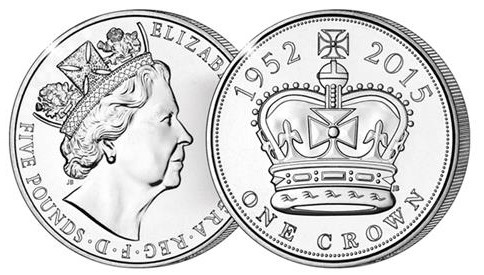
Most collectors can aim to collect coins from each monarch back to the 17th century. After the tumultuous leadership of Oliver Cromwell, Charles II reclaimed the throne and began a period of standardised coin issue. For most collectors it’s possible to collect coins back to this fascinating period in history without breaking the bank!
Which are the important monarchs?
A great coin collection should contain coins issued by famous monarchs, monarchs that changed the history of our nation and ones that revolutionised our coinage.
An obvious monarch is Queen Victoria – the monarch who built the largest Empire the world has ever seen and who oversaw some of the greatest changes our nation has ever experienced. And every collection should contain an important issue by our current monarch, Queen Elizabeth II, the longest reigning monarch in our nation’s history! And you can’t leave out George III, not only did he oversea a complete overhaul of our currency but he’s also our longest reigning King.
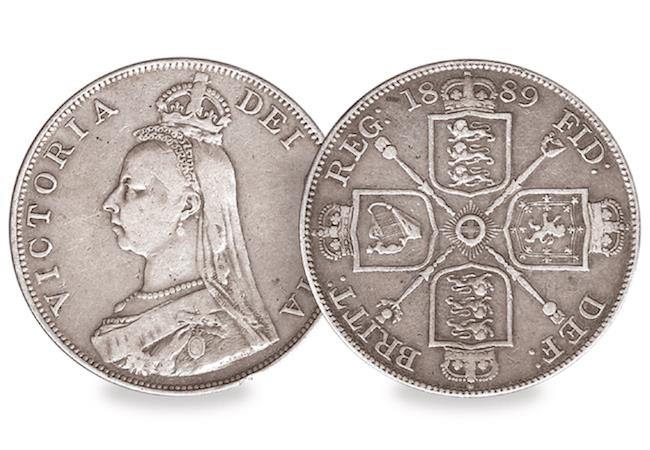
Those are just a few of the key monarchs, but once you start collecting you’ll find that each monarch has a fascinating story and a number of really interesting coin issues.
Base metal, Silver or Gold?
Gold has historically been seen as the pinnacle for collectors. But this famous metal comes with its difficulties. Gold coins were issued in much smaller numbers, and not every monarch released a standardised gold coin. Which means that to own a Gold coin from some monarchs is extremely difficult – for example George VI only issued a Sovereign for one year of his reign.
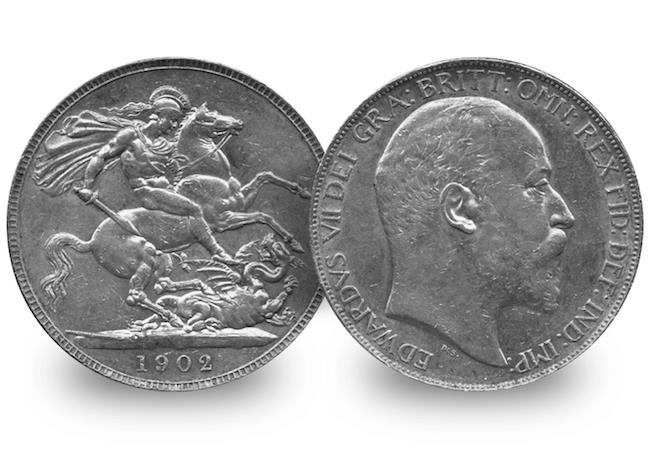
Base metal and Silver coins tend to be much more achievable for most collectors. Base metal coins (pennies, farthings and the like) tend to be less expensive, however because of their lower value the quality of coins can vary widely. Silver coins were issued by most monarchs, and because of their slightly higher value tend to be found in better grades.
How should I store my coins?
The wear and tear of an old coin is part of the appeal of collecting historic coins, but it’s important to protect your coins from any outside interference that could potentially discolour, wear or generally affect the condition of your coin.
I would recommend always storing your coins in capsules, and if possible in a tamperproof capsule that will guarantee the condition of your coin for generations to come. And as you build your collection, there’s nothing better than having a box with trays to keep your collection together for you to store and present.
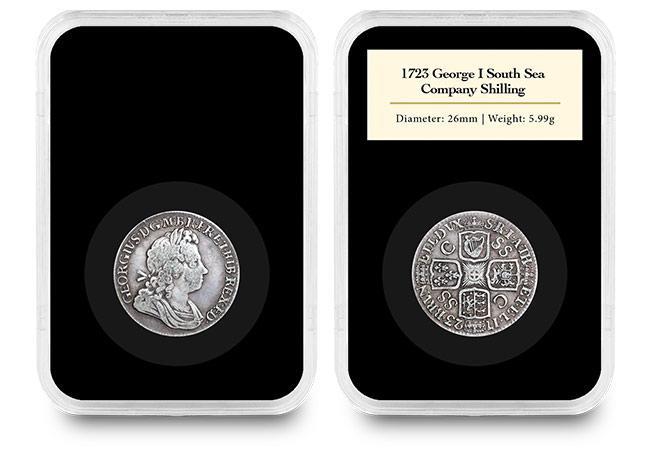
How much will it cost me?
For most collectors building a historic coin collection, one of the most confusing elements can be price. The prices for historic coins can vary widely – you might find an old Victorian penny at a car boot for less than £10 and then see what looks like the same coin selling for hundreds on an online auction site.
I’d always recommend purchasing carefully, preferably by making sure you either have an expert opinion or by ordering from a reputable retailer. By making sure you’re getting your coins from the right place, building a collection of Silver coins back to the 17th century is actually more affordable than many collectors realise – in fact most coins should cost between £100 and £500.
Lastly… have fun!
The most important part of collecting coins is having those coins in your hand and feeling the history your coin has carried with it over generations. So have some fun and get collecting!
If you would like to learn more about building your own historic coin collection, with some expert guidance, just fill out the form below. One of our team will be in contact with you soon:

